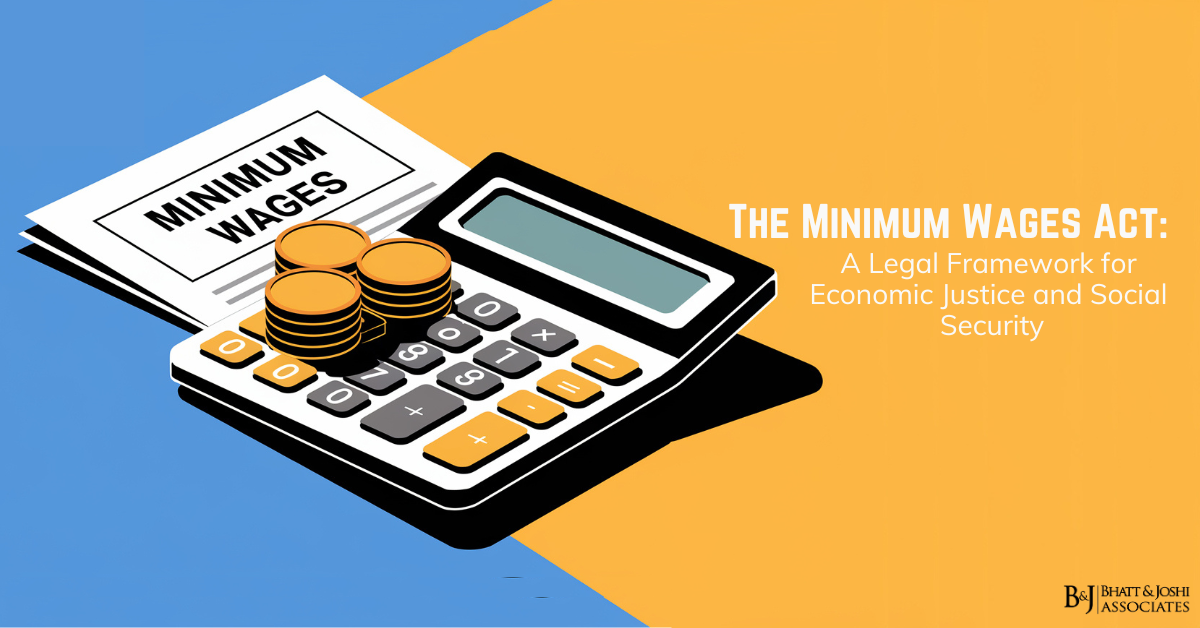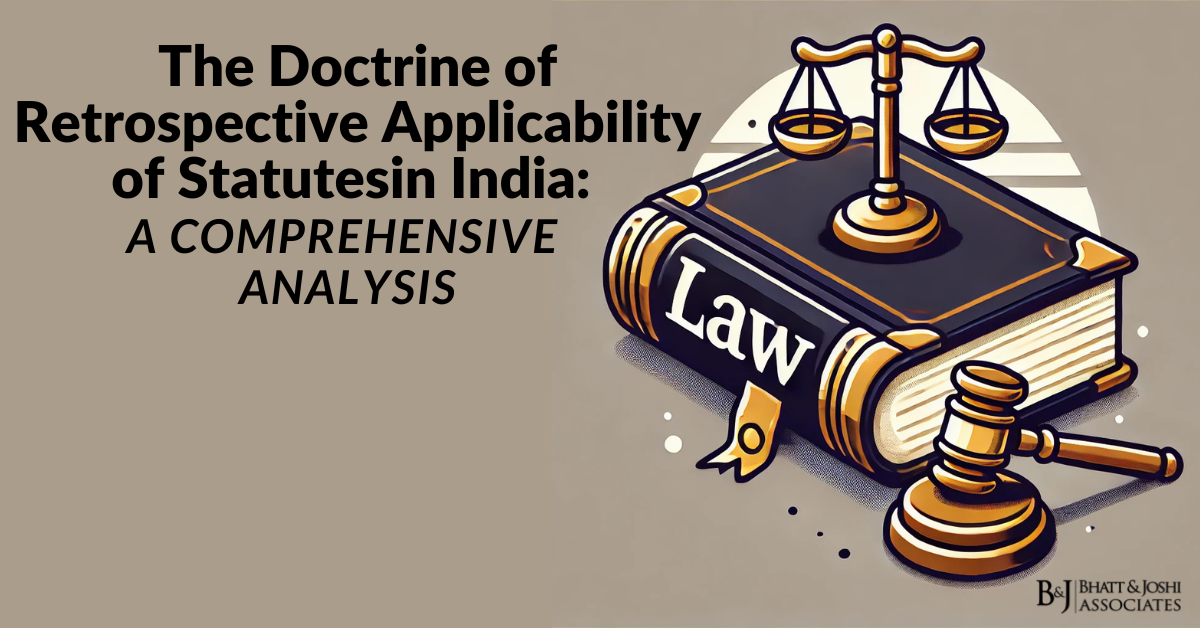Introduction to the Minimum Wages Act
The Minimum Wages Act, 1948, is a cornerstone of labor legislation in India, aimed at securing fair and just wages for workers across various industries. Enacted during the post-independence period, this Act was designed to address the rampant exploitation of labor by ensuring that workers receive a wage that meets their basic needs. The legislation is rooted in the broader objective of social justice and aims to bridge the gap between the economically powerful employers and the vulnerable working class. However, over the years, the Minimum Wages Act has evolved and expanded to address the changing dynamics of the labor market, the rise of informal employment, and the challenges posed by globalization and economic liberalization. This article delves into the intricacies of the Minimum Wages Act, exploring its historical evolution, key provisions, challenges in implementation, and the need for reform in light of contemporary economic realities.
Historical Context and Legislative Background of the Minimum Wages Act
The origins of the Minimum Wages Act can be traced back to the early 20th century when the exploitation of labor was widespread in India, particularly in sectors like agriculture, textile, and mining. The colonial administration had largely ignored the plight of workers, leading to poor working conditions, long hours, and extremely low wages. The demand for a legal framework to regulate wages and working conditions gained momentum during the independence movement, as leaders recognized the need for economic justice as a foundation for a free and fair society. The Minimum Wages Act was eventually enacted in 1948, a year after India gained independence. The Act was one of the earliest legislative efforts by the newly formed Indian government to address economic inequality and ensure that workers receive a wage that allows them to maintain a basic standard of living. The Act provided for the fixation of minimum wages by the central and state governments for various scheduled employments, ensuring that workers in these sectors were paid a wage that met their subsistence needs.
Objectives and Key Provisions of the Minimum Wages Act
The primary objective of the Minimum Wages Act, 1948 is to prevent the exploitation of labor by ensuring that workers receive a fair wage for their work. The Act empowers the central and state governments to fix and revise minimum wages for different sectors and occupations, taking into account factors such as the cost of living, the nature of the work, and the ability of the industry to pay. The Act covers both organized and unorganized sectors, making it one of the most comprehensive pieces of labor legislation in India. The Act mandates that the minimum wage must be sufficient to meet the basic needs of workers and their families, including food, shelter, clothing, education, and healthcare. The wages are to be paid in cash, although the Act allows for the payment of wages in kind under certain circumstances, provided that the value of the in-kind payment is equivalent to the cash wage. One of the key features of the Minimum Wages Act is the concept of scheduled employment. The Act provides a list of scheduled employments for which minimum wages must be fixed. These include a wide range of industries and occupations, such as agriculture, construction, mining, manufacturing, and services. The central and state governments have the authority to add or remove employments from this schedule, ensuring that the Act remains relevant to the changing labor market. The Act also lays down the procedure for fixing and revising minimum wages. The process involves consultation with various stakeholders, including employers, workers, and independent experts, to ensure that the wages are fair and just. The Act requires that minimum wages be revised at regular intervals, taking into account changes in the cost of living and other economic factors. In addition to fixing minimum wages, the Act also provides for the regulation of working hours, overtime pay, and other conditions of employment. It prohibits the employment of children in scheduled employments and mandates the payment of wages without any unauthorized deductions. The Act also provides for the appointment of inspectors to enforce its provisions and penalizes employers who violate the law.
Challenges in Implementation and Compliance
While the Minimum Wages Act has been instrumental in improving the wages and working conditions of many workers in India, its implementation has faced several challenges. One of the primary challenges is the widespread non-compliance with the Act, particularly in the informal sector. Despite the legal mandate, many employers continue to pay wages that are below the minimum wage, often exploiting the vulnerability of workers who are unaware of their rights or are in desperate need of employment. The lack of effective enforcement mechanisms is another significant challenge. The Act provides for the appointment of inspectors to monitor compliance, but in practice, the number of inspectors is often insufficient to cover the vast number of workplaces across the country. Moreover, the inspectors often lack the necessary resources and authority to enforce the law effectively, leading to a situation where violations go unpunished.
The complexity and fragmentation of the minimum wage system also pose challenges to compliance. With both the central and state governments having the authority to fix minimum wages, there are often disparities in the wage rates across different states and sectors. This can create confusion among employers and workers and lead to inconsistencies in the application of the law. Another challenge is the inadequate coverage of the Act. While the Act covers a wide range of industries and occupations, there are still many sectors, particularly in the informal economy, where workers remain outside the purview of the Act. These include domestic workers, home-based workers, and self-employed workers, who often face severe exploitation and low wages. The lack of coverage for these workers undermines the effectiveness of the Act in achieving its objective of preventing the exploitation of labor.
The Role of Judicial Interpretation in Shaping the Act
The judiciary has played a crucial role in interpreting and shaping the provisions of the Minimum Wages Act over the years. Several landmark judgments by the Supreme Court and High Courts have clarified the scope and application of the Act, particularly in cases where employers have challenged the fixation of minimum wages or where workers have sought redress for violations of their rights. One of the key judicial interventions in this area was the Supreme Court’s ruling in the case of Crown Aluminium Works v. Their Workmen (1958), where the Court upheld the principle that the minimum wage must be a living wage, sufficient to meet the basic needs of workers and their families. The Court emphasized that the minimum wage should not be based solely on the employer’s ability to pay but should reflect the cost of living and the dignity of labor. In another landmark case, Bharat Singh v. Management of New Delhi Tuberculosis Centre (1986), the Supreme Court ruled that the payment of wages below the minimum wage constitutes forced labor under Article 23 of the Constitution. This judgment reinforced the importance of the Minimum Wages Act as a tool for ensuring economic justice and protecting the rights of workers. The judiciary has also played a role in expanding the coverage of the Act to include workers in previously unregulated sectors. In the case of People’s Union for Democratic Rights v. Union of India (1982), the Supreme Court ruled that construction workers engaged in government projects were entitled to the minimum wage under the Act, even though they were not directly employed by the government. This ruling expanded the scope of the Act and ensured that more workers were protected by its provisions.
The Impact of Economic Liberalization and Globalization
The economic liberalization and globalization of the Indian economy in the early 1990s brought significant changes to the labor market, with profound implications for the implementation of the Minimum Wages Act. The shift towards a market-oriented economy led to the growth of the informal sector, characterized by precarious employment, low wages, and lack of social security. This posed new challenges for the enforcement of the Act, as many of the new forms of employment fell outside the traditional scope of labor regulation. The liberalization era also saw the rise of labor market flexibility as a policy objective, with the government promoting policies that encouraged the deregulation of labor markets and the relaxation of labor laws. This often led to a weakening of the enforcement of the Minimum Wages Act, as employers sought to reduce labor costs in the face of increased competition. The result was a widening gap between the legal provisions of the Act and the reality on the ground, with many workers receiving wages far below the minimum wage. Globalization also brought new challenges in the form of the integration of Indian labor markets into global supply chains. The pressure to remain competitive in the global market often led to the exploitation of labor, with workers in export-oriented industries facing poor working conditions and low wages. The enforcement of the Minimum Wages Act in these industries became increasingly difficult, as employers sought to cut costs by violating labor laws. However, globalization also created new opportunities for improving the implementation of the Minimum Wages Act. The growing awareness of labor rights among consumers and the rise of corporate social responsibility led to increased pressure on companies to comply with labor laws, including the payment of minimum wages. This has led to the emergence of voluntary standards and certification schemes that promote compliance with the Minimum Wages Act and other labor laws.
The Role of Social Dialogue and Collective Bargaining
Social dialogue and collective bargaining have played a crucial role in the implementation of the Minimum Wages Act, particularly in the organized sector. Trade unions have been at the forefront of the fight for fair wages and have used collective bargaining as a tool to negotiate better wages and working conditions for their members. In many industries, minimum wages have served as a floor for collective bargaining, with trade unions negotiating wages that are higher than the statutory minimum. The role of social dialogue in the fixation and revision of minimum wages has also been recognized by the Act. The process of fixing minimum wages involves consultation with representatives of employers and workers, ensuring that the wages reflect the interests of both parties. This tripartite approach has been crucial in maintaining industrial peace and ensuring that minimum wages are fair and just. However, the effectiveness of social dialogue in the implementation of the Minimum Wages Act has been limited by the declining influence of trade unions in the era of globalization and economic liberalization. The growth of the informal sector, where workers are often not organized, has weakened the bargaining power of trade unions and limited their ability to influence the fixation and revision of minimum wages. This has led to a situation where many workers remain outside the protection of the Act and continue to receive wages below the minimum wage.
The Need for Reform and Future Directions
While the Minimum Wages Act has been instrumental in improving the wages and working conditions of many workers in India, there is a growing recognition that the Act needs to be reformed to address the challenges of the 21st-century labor market. One of the key areas for reform is the need to simplify and streamline the process of fixing and revising minimum wages. The current system, with its multiple wage rates for different sectors and states, is complex and difficult to administer. There is a need for a more unified and transparent system that ensures that all workers receive a fair wage, regardless of their sector or location. Another area for reform is the need to expand the coverage of the Act to include workers in the informal sector and other unregulated forms of employment. This could involve the introduction of a universal minimum wage that applies to all workers, regardless of their employment status. Such a reform would ensure that all workers are protected by the Act and would help to reduce the exploitation of vulnerable workers in the informal economy.
There is also a need to strengthen the enforcement mechanisms under the Act. This could involve increasing the number of inspectors and providing them with the necessary resources and authority to enforce the law effectively. The use of technology, such as mobile apps and online platforms, could also be explored to improve compliance and reduce the burden on inspectors. Another important area for reform is the need to link the minimum wage to the cost of living and ensure that it reflects the changing economic realities. The current system of revising minimum wages at fixed intervals often fails to keep pace with inflation and other economic factors, leading to a situation where the minimum wage is no longer sufficient to meet the basic needs of workers. There is a need for a more dynamic system that ensures that the minimum wage is regularly adjusted in line with changes in the cost of living.
Conclusion
The Minimum Wages Act, 1948, is a landmark piece of legislation that has played a crucial role in improving the wages and working conditions of workers in India. It represents a commitment to economic justice and social security and has helped to prevent the exploitation of labor in a wide range of industries and occupations. However, the Act is not without its challenges. The changing dynamics of the labor market, the rise of the informal sector, and the pressures of globalization have created new challenges for the implementation of the Act. There is a need for reform to ensure that the Act remains relevant and effective in the 21st century. By addressing these challenges and building on the strengths of the Act, India can move closer to realizing the vision of a fair and just society where all workers receive a wage that reflects their dignity and their contribution to the economy. The Minimum Wages Act is not just a legal document; it is a promise to the millions of workers in India that their rights will be respected, and their livelihoods will be secured. As the country moves forward, it is essential to ensure that this promise is fulfilled, and that workers are empowered to live with dignity and economic security.














